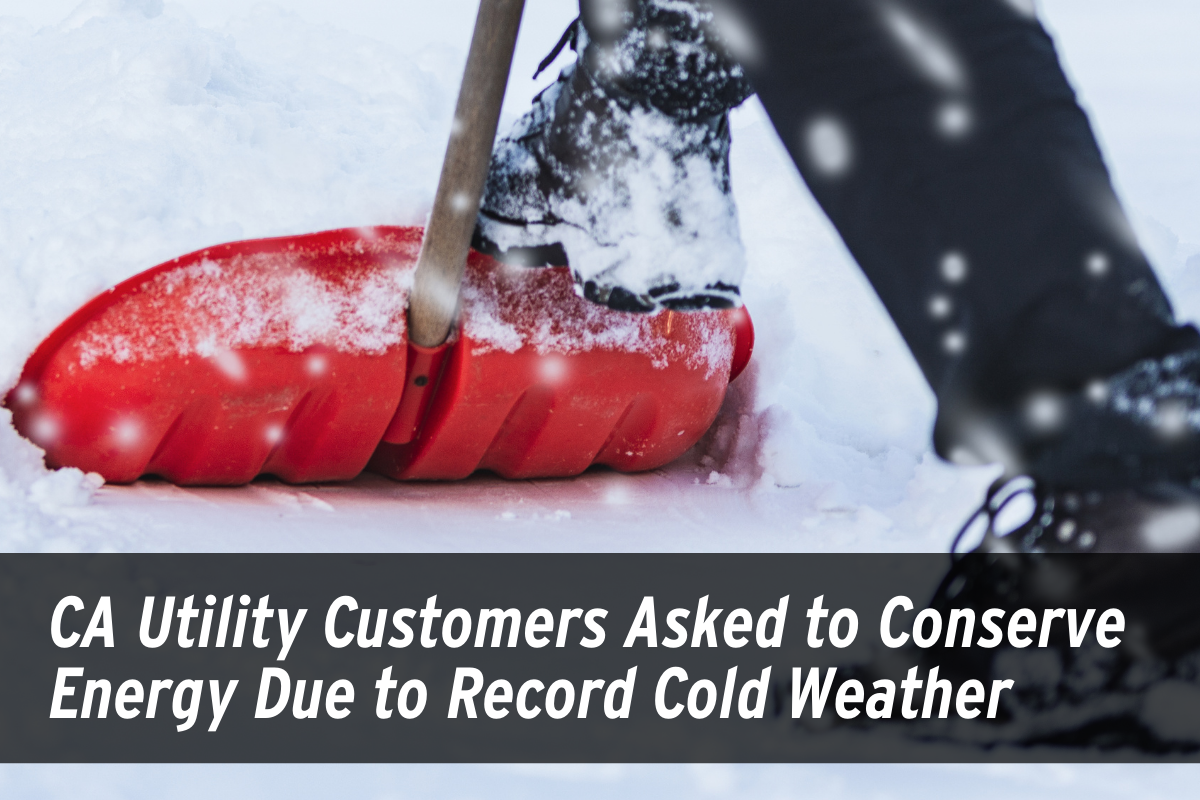Need Voluntary Conservation to Help Residents in Other Parts of the Country
Record cold temperatures across central and southern United States are impacting natural gas supplies across the nation, resulting in a call for voluntary conservation in California to help alleviate pressure on the national electric grid, which relies on natural gas to generate electricity.
Extremely low temperatures began on Saturday, February 13, and are expected to last throughout much of this week.
SDG&E and other California utilities have joined the California Independent System Operator (CAISO), which manages much of the state’s electric transmission system, to urge residents to voluntarily reduce electric and gas usage. This would help others across the country who are experiencing power outages and extreme cold amid rising energy demand and low supplies. According to CNN, more than a third of the continental U.S. experienced sub-zero temperatures on Monday. Millions of customers, outside of California, have been without power.
CAISO has indicated that grid conditions are good in California, and it’s not expecting any electric service disruptions due to the weather conditions outside of California. SDG&E is working in close coordination with SoCalGas, our sister utility and the main natural gas distributor in Southern California. We are holding daily internal and external system status calls with gas and electric grid operators.
Most of the gas supply used by both SoCalGas and SDG&E customers is sourced from the Permian Basin in Texas, which has been impacted by arctic temperatures. SoCalGas’ primary pipeline operator delivering supplies from the basin began experiencing significant supply losses on February 14 as cold weather froze natural gas infrastructure.
How you can help
- Wash with cold water. Using warm water instead of hot when doing laundry can cut a load’s energy use in half.
- Lower the thermostat on your water heater to 120F. This helps save energy and also helps prevent scalding.
- Set your thermostat a few degrees lower, health permitting.
- Unplug small appliances and electronics when not in use.
- Take shorter showers.
- Stream media on smaller screens, like tablets when possible.
For more tips on saving energy this winter, visit this web page.


